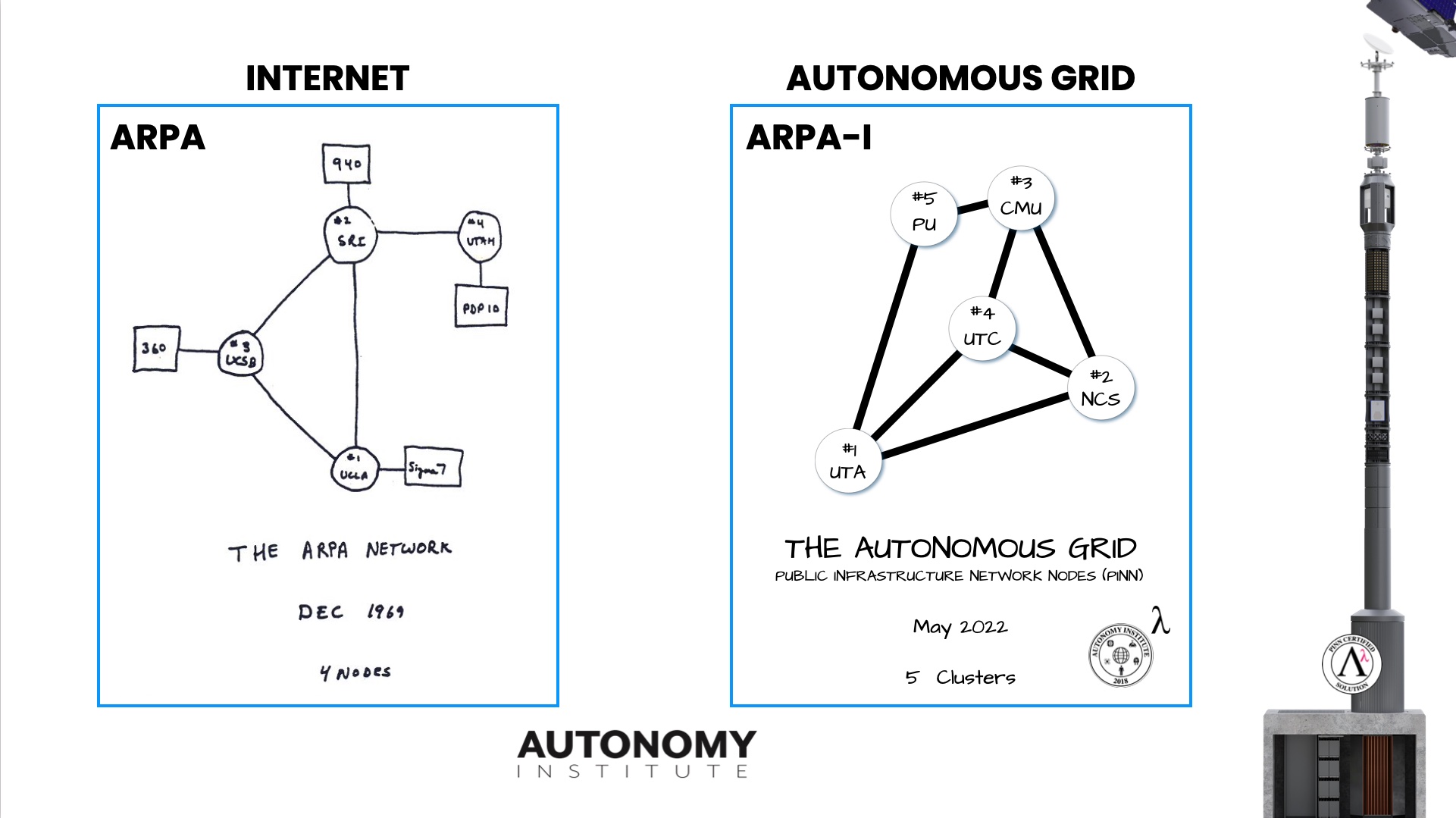PI John-Paul (JP) Clarke is a professor of Aerospace Engineering and Engineering Mechanics at The University of Texas at Austin, where he holds the Ernest Cockrell Jr. Memorial Chair in Engineering. Prior to joining the faculty at UT Austin, he was a faculty member at Georgia Tech, the Vice President of Strategic Technologies at United Technologies Corporation (now Raytheon), a faculty member at MIT, and a researcher at Boeing and NASA JPL. He has also co-founded multiple companies. Clarke is a leading expert in aircraft trajectory prediction and optimization, especially as it pertains to the development of flight procedures that reduce the environmental impact of aviation, and in the development and use of stochastic models and optimization algorithms to improve the efficiency and robustness of aircraft, airline, airport, and air traffic operations. His contributions to aerospace extend well beyond his research. Clarke is the founding chair of the AIAA Human- Machine Teaming Technical Committee, was co-chair of the National Academies Committee that developed the US National Agenda for Autonomy Research related to Civil Aviation, and has chaired or served on advisory and technical committees chartered by the AIAA, EU, FAA, ICAO, NASA, the National Academies, the US Army, and the US DOT.
Mahadev Satyanarayanan (Satya) (Co-PI) is an experimental computer scientist, an ACM and IEEE fellow, and the Carnegie Group Professor of Computer Science at Carnegie Mellon University (CMU). He is credited with many of the advances in edge computing, distributed systems, mobile computing, pervasive computing, and Internet of Things. His research focus is around performance, scalability, availability, and trust challenges in computing systems from the cloud to the mobile edge. His work on the Andrew File System (AFS) was recognized with the prestigious ACM Software System Award in 2016 and the ACM SIGOPS Hall of Fame Award in 2008 for its excellent engineering and long-lasting impact. His work on disconnected operation in Coda File System received the ACM SIGOPS Hall of Fame Award in 2015 and the inaugural ACM SIGMOBILE Test-of-Time Award in 2016. He served as the founding Program Chair of the IEEE/ACM Symposium on Edge Computing and the HotMobile workshops, the founding Editor-in-Chief of IEEE Pervasive Computing, and the founding Area Editor for the Synthesis Series on Mobile and Pervasive Computing. In addition, he was the founding director of Intel Research Pittsburgh and an advisor to the company Maginatics, which was acquired by EMC in 2014.
Dr. Mina Sartipi (Co-PI) is the Director of the Center for Urban Informatics and Progress (CUIP) at the University of Tennessee at Chattanooga, where she is a UC Foundation Professor in the Computer Science and Engineering Department. She also leads the Smart Communications and Analysis Lab (SCAL). Dr. Sartipi is a faculty member of Data Science and Engineering at the Bredesen Center for Interdisciplinary Research and Graduate Education at the University of Tennessee Knoxville. In 2008, she was named UC Foundation Assistant Professor. This award was given to her based on her research activities and students evaluating her teaching. She was awarded the UTC Outstanding Faculty Research and Creative Achievement award in 2016. She has also been awarded the best researcher in the Department of CSE and the college of CECS in 2010, 2013, 2014, and 2015. Dr. Sartipi has been an IEEE senior member since 2016. She has been a member of the Board of Directors for the Enterprise Center, Chattanooga, TN since 2017. Dr. Sartipi’s research interests are in the area of communications and data science, in particular advanced wireless communications and data analysis for smart healthcare and urban futures.
Dr. Robert W. Heath Jr. (Co-PI) is a Professor in the Department of Electrical and Computer Engineering at NC State. Prior to joining NCSU, he was with the University of Texas at Austin where he was involved in the leadership of their wireless group, and created an initiative to bring together communications, sensing, and machine learning. Dr. Heath is also President and CEO of MIMO Wireless Inc. Dr. Heath’s research interests include wireless communications cellular systems, public safety, and military networks, with recent applications to vehicular communication systems, 5G, and now 6G.
Benoit Montreuil is the Coca-Cola Material Handling & Distribution Chair and Professor in the H. Milton Stewart School of Industrial and Systems Engineering at Georgia Tech. He is also Director of the Physical Internet Center and Co-Director of the Supply Chain & Logistics Institute. Dr. Montreuil is leading the International Physical Internet Initiative, engaging academic, industry, and government leaders worldwide into research and innovation projects on smart, hyperconnected, and sustainable logistics, supply chains, transportation, businesses, and regions. His main research interests generically lie in developing concepts, methodologies, and technologies for creating, optimizing, transforming and enabling businesses, supply chains and value creation networks to thrive in a fast-evolving hyperconnected world. He stands at the crossroads of industrial and systems engineering; operations research; computer sciences; operations, logistics, supply chain, strategic management; and sustainability science. His research builds mostly on a synthesis of optimization modeling and mathematical programming, discrete & agent-based simulation modeling, systems science & design theory.
Jeffrey Decoux is the Chairman of the Autonomy Institute and Founder and CEO of ATRIUS Industries, Inc. Jeff brings deep technical and business experience, having raised more than $100M in previous ventures in enterprise systems, smart cities, UAV/Drones, and Autonomy. Jeff founded ATRIUS to leverage these new innovations in autonomous robotics to execute complex sensor capture while integrating advanced algorithms, edge computing, computer vision, and machine learning. Prior, Jeff was the Founder, President and Chief Executive Officer of Hangar Technology, Inc., as well as the President of SmartNAP.
Dr. Dan DeLaurentis is the Director of the Institute for Global Security and Defense Innovation Professor of Aeronautics and Astronautics and a Professor of Aeronautical Engineering at Purdue University. Dr. DeLaurentis’ research was originally motivated by the emerging paradigm of Integrated Product and Process Development (IPPD), which sought to bring historically process-based statistical approaches to product design. His work focused upon the characterization, representation, and quantification of the impact of uncertainty on aerospace design problems. Unique techniques were developed to accomplish this, including the use of Design of Experiments combined with probability theory to obtain rapid estimates of the cumulative distribution functions (CDFs) of key system metrics and objectives. Subsequently, a more direct adoption of robust feedback control concepts has been applied resulting in a new formulation for the design problem to include technology impact assessments and requirement exploration. In addition to methodological advances, the type of problems being faced by the community is changing significantly. Aerospace problems are increasingly becoming recognized as of the ”system-of-systems” type, consisting of multiple interacting complex systems of differing type and function. The air transportation system is one example, as are associated issues such as personal air transportation and airborne delivery logistics architectures.
Dr. Nuria Gonzalez Prelcic is on the at NC State as an Associate Professor of Electrical and Computer Engineering. She was previously an Associate Professor in the Signal Theory and Communications Department at the University of Vigo, Spain, and a Senior Research Scientist at the University of Texas at Austin. Her main research interests include signal processing theory and signal processing and machine learning for wireless communications: filter banks, compressive sampling and estimation, multicarrier modulation, massive MIMO, MIMO processing for millimeter-wave communication and sensing, including vehicle-to-everything (V2X), air-to-everything (A2X) and satellite MIMO communication. She is also interested in joint positioning and communication, joint sensing and communication, radar signal processing, radar and communications co-existence, multi-vehicle sensor fusion and autonomous navigation.
Dr. Paul A. Navratil (Technical Project Manager) is a Research Scientist and Director of Visualization at the Texas Advanced Computing Center (TACC) at the University of Texas at Austin. He is an expert in high-performance visualization technologies, accelerator-based computing and advanced rendering techniques. His research seeks to improve analytic capacity and insight communication across scientific workflows, including efficient algorithms for large-scale parallel visualization and data analysis (VDA) and innovative design for immersive VDA systems.
Dr. Dan Stanzione is the Associate Vice President for Research at the University of Texas at Austin and the Executive Director of the Texas Advanced Computing Center. Having overseen the construction and operation of many of the world’s leading supercomputers and datacenters over the last twenty years, Dan brings experience in the NSF Major Facilities process, and is the PI for the NSF Leadership Class Computing Facility, and Co-PI for the NSF’s Cyberinfrastructure award in the Natural Hazards Engineering Research Infrastructure (NHERI). Dan will bring this large facilities experience to the project, as well as the resources and staff for TACC to serve as the back-end computing resources in conjunction with the Edge Computing Resources in the PINN infrastructure.




